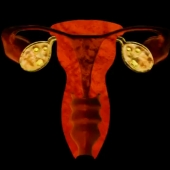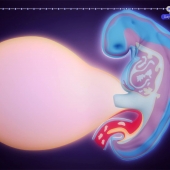Induction of labour is the non-natural process of starting labour in a pregnant woman after the age the baby is more likely to survive following delivery, when there is no clear evidence of serious onset of labour and the membranes covering the baby are unruptured.
Induction of labour may be needed because of a problem in the mother, or her baby or both, and is carried out at or before the ninth (last) month of pregnancy.
Obstetricians (specialist caring for pregnant women) have long known that for this to be successful, it is important that the uterine cervix (the neck of the womb) has the favourable characteristics that make it ready to go into the labour.
The delivery method and total duration of labour are affected by many factors and cervical readiness (ripeness) is just one of these.
Sometimes synthetic prostaglandins, which can be taken by mouth or placed inside the vagina, are used to dilate the cervix. In other cases, mechanical dilators are used — such as a small balloon-tipped catheter or small rods made from seaweed (laminaria).
The balloon-tipped catheter is inserted beyond the cervical opening. Saline injected through the catheter expands the balloon, causing the cervix to widen. Dilators inserted into the cervix absorb moisture and get thicker, opening the cervix.
Use of laminaria can cause cramping. Cervical ripening techniques are typically done in the hospital. After prostaglandin use, your contractions and your baby's heart rate will initially be monitored.
- 10237 views













